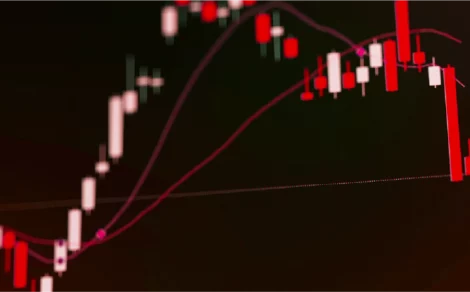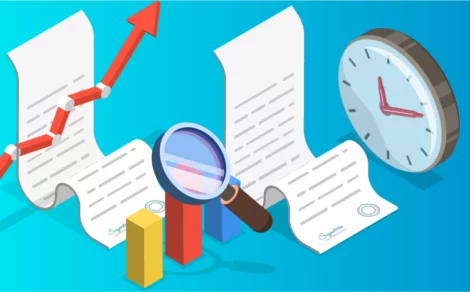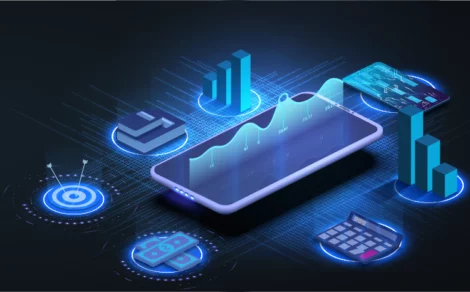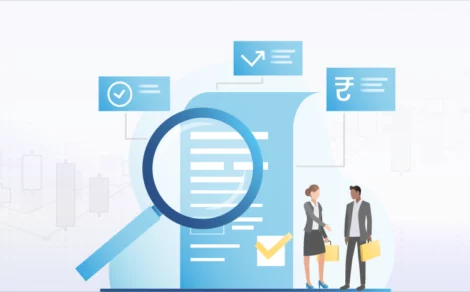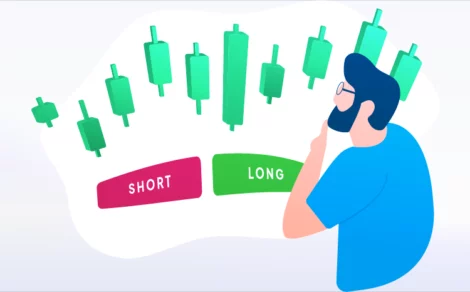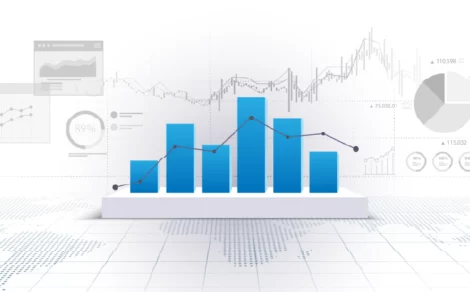Toruscope » Online Trading » Understanding the Difference Between Margin and Leverage Trading
If you’ve just entered the world of trading, you’ve probably come across the terms “margin” and “leverage.”
Both are important concepts that can amplify your trading power but they’re not the same thing.
Many people confuse them, leading to big mistakes.
That’s why today, we’re breaking down the difference between margin trading and leverage in simple words.
By the end of this blog, you’ll clearly understand the difference between leverage and margin, and how both play a crucial role in trading.
Understanding Margin Trading
Margin trading is when a trader borrows money from a broker to buy more assets than they could with their own funds alone. It’s like adding extra fuel to your trading engine but it also comes with risks.
Here’s a simple example: Suppose you have ₹10,000. Your broker offers 5x margin. This means you can buy stocks worth ₹50,000 instead of just ₹10,000.
Margin trading involves two parts:
- Your money (also called the initial margin)
- Borrowed money from the broker
However, if the market moves against your position, your broker might ask you to deposit additional funds.
This is called a margin call. If you fail to maintain the minimum margin or maintenance margin, the broker can sell your assets without your permission to cover the losses.
Key points:
- Margin requirement varies based on asset and broker.
- Higher margin gives more buying power but also more risk.
- Managing margin carefully is crucial to avoid forced liquidation.
Understanding Leverage Trading
Leverage trading is the ability to control a large position with a small amount of money. It’s the ratio that describes how much your initial investment is amplified.
For example, 5:1 leverage means you can control a ₹50,000 position with just ₹10,000. In other words, you are “leveraging” your small deposit to trade bigger.
Leverage is all about magnifying potential returns, but it also magnifies potential losses. This is why trading and leverage need to be handled carefully.
In forex trading, for instance, brokers often offer leverage as high as 100:1 or even 500:1, meaning traders can control massive positions with very little upfront cash.
Key points:
- Leverage is a tool that brokers offer.
- It increases both profits and losses.
- It’s crucial to manage risks like margin calls and account falls below required levels.
Key Difference Between Margin and Leverage Trading
Now that you know what each term means, let’s see the difference between margin trading and leverage in a simple table:
| Factors | Margin Trading | Leverage Trading |
| Definition | Borrowing funds from the broker to trade more | Controlling a large trade with a small deposit |
| Focus | Amount of borrowed money | Ratio between trade size and deposit |
| Risk | Risk of margin call if the market falls | Risk of magnified losses and profits |
| Requirement | Margin requirement (initial and maintenance) | Leverage ratio decided by broker |
| Example | Using ₹10,000 to buy ₹50,000 worth of stocks | 5:1 leverage allows ₹10,000 to control ₹50,000 |
| Margin Call Involvement | Yes | Yes (through margin account) |
| Trading Instruments | Common in stocks, forex, commodities | Common in forex, futures, CFDs |
| Regulatory Limits | Margin rules regulated (example: SEBI, SEC) | Leverage caps based on asset class |
Simply put:
- Margin is the amount of money you borrow.
- Leverage is the multiplier that defines how much you can control with your deposit.
Understanding the difference between leverage and margin trading helps avoid confusion and trading mistakes.
Final Thoughts
Margin and leverage are powerful tools for traders who know how to use them wisely. While margin trading involves borrowing money to increase your buying power, leverage defines how much that buying power can be multiplied.
Knowing the difference between margin and leverage can protect you from unexpected surprises like sudden margin calls or forced liquidations.
Whether you are starting in margin trading vs leverage trading, or comparing leverage trading vs margin trading, always remember:
- Start small.
- Understand your broker’s policies.
- Manage your risk carefully.
The difference between leverage and margin might seem small on paper, but in real-world trading, it can make all the difference between consistent profits and massive losses.
Boost your buying power by 4X! Use Torus Digital’s Margin Trading Facility and expand your investment horizon.
FAQs
-
What is the difference between margin and leverage?
Margin is the money you borrow from your broker to open a bigger position, while leverage is the ratio that shows how much your initial investment can be multiplied.
-
What is margin trading vs leverage trading
Margin trading refers to borrowing money to trade more assets, while leverage trading means using a small amount of capital to control a much larger market position.
Related Reads
What is Slippage in Trading? Meaning, Causes & Impact Explained
In trading, timing and precision often define success. However, even when a trader believes...
By: torus
- 7 mins
- 01.Jul.2025
- 4(1)
- 96
What is an Option Contract?
Imagine having the flexibility to buy or sell shares at a fixed price, no...
By: torus
- 7 mins
- 01.Jul.2025
- 0(0)
- 43
Types of Financial Instruments You Should Know Before Investing
Before investing funds in any market, it is essential to understand what financial instruments...
By: torus
- 7 mins
- 01.Jul.2025
- 0(0)
- 39
What are Contracts for Difference (CFD)?
Contracts for Difference, commonly known as CFDs, are financial instruments that allow traders to...
By: torus
- 9 mins
- 01.Jul.2025
- 0(0)
- 38
Difference between Short Position & Long Position
Understanding the concepts of short and long positions is essential for anyone interested in...
By: torus
- 8 mins
- 01.Jul.2025
- 0(0)
- 38
Essential Trading Terminologies You Need to Know
Trading in financial markets opens a world full of opportunities. For many first-time investors,...
By: torus
- 8 mins
- 01.Jul.2025
- 0(0)
- 47
Disclaimer: The content provided in this blog is for informational purposes only and does not constitute financial advice or recommendations. The content may be subject to change and revision. Readers are encouraged to conduct their own research and consult with a qualified financial advisor before making any investment decisions. Torus Digital and its affiliates takes no guarantees whatsoever as to its completeness, correctness or accuracy since these details may be acquired from third party and we will not be responsible for any direct or indirect losses or liabilities incurred from actions taken based on the information provided herein. For more details, please visit www.torusdigital.com.
Tenneco Clean Air IPO Listing: Strong Market Debut with 27% Premium
Tenneco Clean Air India Ltd made a confident entrance into the public markets on...
By: torus
- 5 mins
- 19.Nov.2025
-
3.7(6)
-
146
Stock to Buy Today: November 19, 2025
The Indian stock market witnessed a mild decline on November 18, 2025, ending a...
By: torus
- 4 mins
- 19.Nov.2025
-
4.3(3)
-
146
Mirae Asset Infrastructure Fund NFO: A Sector-Focused Bet on India’s Growth
Mirae Asset Mutual Fund has launched a new equity scheme — Mirae Asset Infrastructure...
By: torus
- 4 mins
- 18.Nov.2025
-
4.3(6)
-
146
Emmvee Photovoltaic IPO: Shares Make Muted Market Debut, List Flat At ₹217
Emmvee Photovoltaic Power made a muted debut on 18 November 2025, listing flat at...
By: torus
- 3 mins
- 18.Nov.2025
-
3.7(6)
-
146
